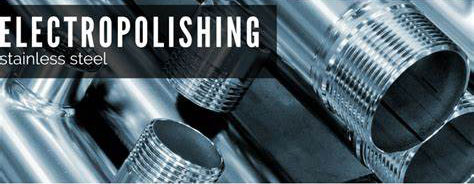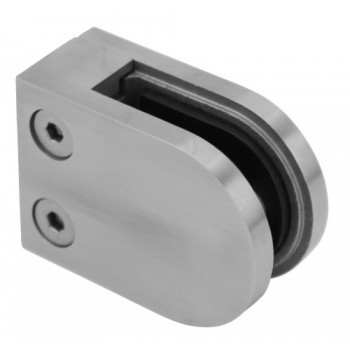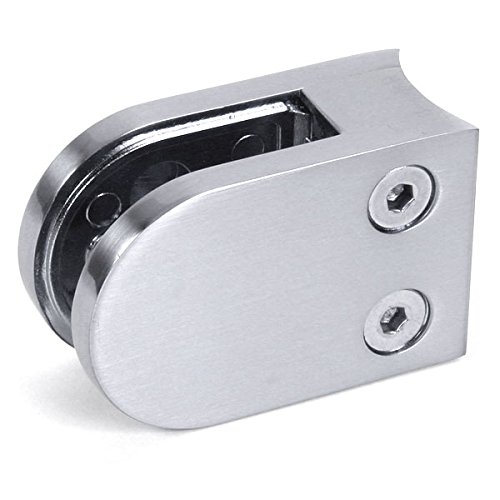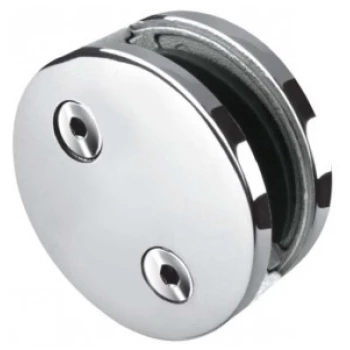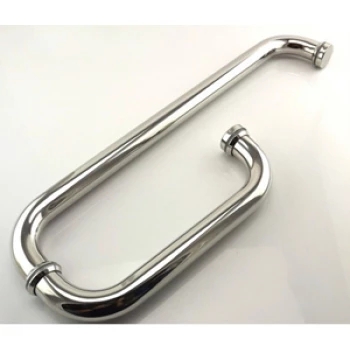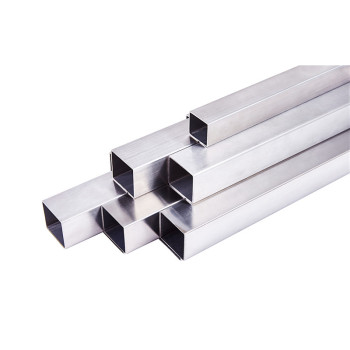SUSgoods: Electropolishing of Stainless Steels
Introduction
Most stainless steel types and forms, ie wrought or cast, can be successfully electropolished. Electropolishing of sulphurised free-machining grades, however, does not give a high standard of surface finish.
The anodic dissolution of a thin layer of the surface is similar in principal to electropolishing that can be done on other metals. Around 20 to 40 microns of the surface is removed, leaving a smoothed surface that optimises the corrosion resistance of the steel in any given environment.
The electropolishing process for stainless steels
The process uses relatively low voltages of between 12 and 18 volts, but with large currents of between 750 and 3000 amperes. This gives anode current densities around 20 to 40 amps/dm2 (amps per square decimetre). The stainless steel item that is being electropolished is the anode in this direct current cell. Electrolytes used are usually mixtures of phosphoric and sulphuric acids.
The process takes around 10-20 minutes.
The process induces preferential dissolution of the 'peaks' or high spots on the surface of the work piece. This results in a net smoothing of the surface, which is also beneficial in removing surface stresses left over from mechanical polishing pre-treatments. Contamination and debris left from mechanical surface treatments is also removed by electropolishing. However, scratches and visible surface irregularities are not likely to be removed by electropolishing. Non-metallic inclusions at the surface of the steel may also be more visible after electropolishing, compared to the finish after mechanical polishing methods. Electropolishing can be used on castings to check the surface soundness.
The design of holding jigs is critical, especially on complex shapes, as it influences the consistency of the polished surface and reduces the risk of gas streaking. Both hydrogen and oxygen are generated as a bi-product of the process, with the oxygen coming from the stainless steel 'anode'. This means that there is no risk of any hydrogen embrittlement to the stainless steel from the electropolishing process.
Benefits of electropolished finishes on stainless steel products
- Optimisation of the corrosion resistance of finished stainless steel components. Micro-crevices on the surface are eliminated. Electropolished surfaces should be fully passive and no further passivation treatments are necessary.
- Can be used on complex shapes eg wire radiator grilles, where mechanical polishing is difficult or impossible.
- Improves surface reflectivity.
- Removes machining burrs on small components with a lower risk of entrapped surface contamination from prior mechanical polishing. This confers the added benefit of easier and more efficient in-service cleaning of electropolished items.
- Lower tendency for contact substances to adhere (cake-on) to component surfaces and for fibres to 'snag' in paper and textile processing applications.
- Improves surface cleansability compared to mechanically finished surfaces.
- Lower rate of bacterial growth in food industry applications.
- Lower surface stresses in machined components. Improved fatigue life has resulted where stainless steel springs have been electropolished, especially compared to normal shot peening treatments.
- Elimination of occluded surface gases from items operating under high vacuum conditions.
Typical applications
There is a wide range of product and industry applications for electropolished stainless steel items.
These include :-
Architectural
Gates, door furniture, floor (durbar) plating, handrails, lampposts, sculptures, glass panel fixings (wrought or cast) etc.
Automotive
Radiator grilles, bezels, bull-bars, safety equipment frames, tyre making plant vessels etc
Food and Beverages
Brewing vessels, food mixing blades, vending machine water tanks, confectionery moulds etc
Leisure
Swimming pool building furniture such as ladders, and disabled lift frames
Medical
Surgical implants, vein stents, surgical instruments
Pharmaceutical
Process tanks, pipes and valves, powder hoppers etc
Pulp and paper
Screen cylinders
Semiconductor and high vacuum plant
Pipework, valves, pump parts, clean room process equipment and furniture
Textiles
This article is excerpted from https://www.bssa.org.uk/

